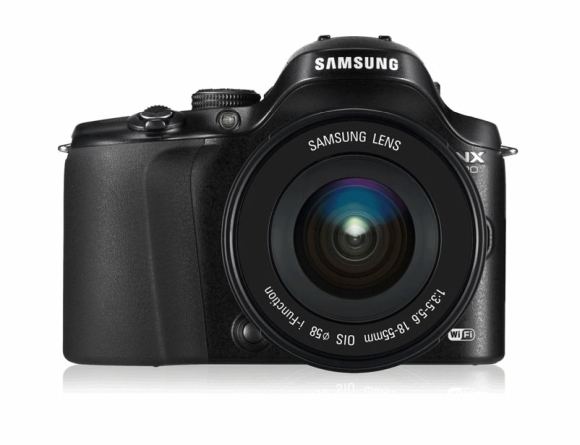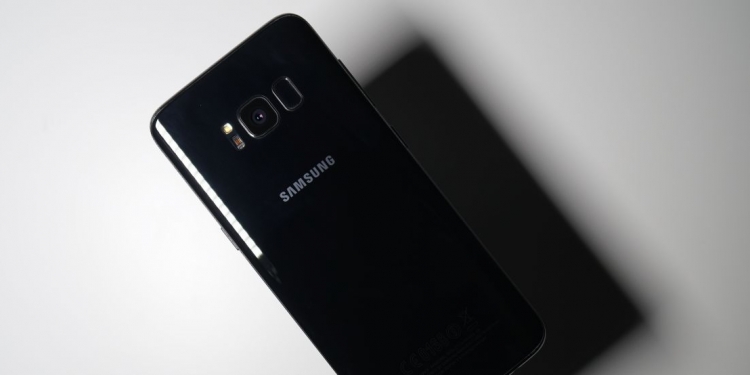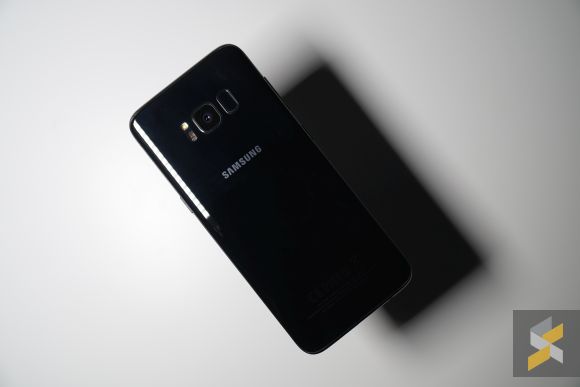Samsung’s huge launch for the upcoming Galaxy S9 and Galaxy S9+ flagship phones is around the corner. Clearly, the thing on everybody’s mind are what’s on the spec sheet. How good is the new processor powering Samsung’s latest phones? How will the new camera system compare to the old one?
And yes, while headline grabbing specs are interesting, a truly great smartphone isn’t just the some of its parts. It’s also the smaller things, the things that many don’t notice or consider. Often, it’s the smallest details that differentiate a great phone from a good one — as Samsung demonstrates.
Awhile back, I had the opportunity to take a peek into Samsung’s inner workings at the brand’s futuristic digital city in Suwon, South Korea. Granted, it was a media friendly — and probably heavily curated — peek, but I did see some fairly fascinating things there.
On top of getting the chance to get a nice hands-on session with their fitness accessories, the Gear IconX (2018) and Gear Sport, as well as some interesting insights into the thought process behind Samsung’s response to the disastrous Note7 crisis, there was one other part of the tour that really stood out for me: Samsung’s approach to sound design.
I don’t think there was anything that could really prepare me for the meticulous engineering that goes into the development of things that a large majority of users take for granted. Just think about it: Every sound and vibration pattern, every beep and boop your smartphone makes was carefully designed from scratch by someone.
In the brief time I got to spend with some of the folks behind the sound engineering team, they didn’t list out and go through every sound they had to design. But what I saw gave me a really good idea of the sheer scope of the work that has to go into creating the sounds that make your Samsung phone just that little bit more enjoyable to use.

With what little time we had, the engineers talked about some of the more common sounds they had to design, like the camera shutter sound when you take a photo. If you’re wondering, that seemingly insignificant “click-clack” isn’t a synthesised sound created on some musical keyboard. The shutter sound in virtually every Samsung phone comes from an actual recording of a physical shutter from Samsung’s very own NX20 digital camera.
And there’s more, the engineers didn’t just choose the NX20 because it was one of the best cameras Samsung had ever made. You would think that that would make it a natural choice but no, Samsung’s engineers actually went through the painstaking process of recording the shutter sounds from every single camera in the NX lineup (last I counted, there are about 18 different Samsung NX cameras spanning a 5-year production timeline) and then sending the recordings to Samsung offices all over the world so that employees could vote on their favourite shutter sound. All that effort just for the sound a Samsung phone makes when you press the shutter button!
Then, there’s the even more subtle sounds like the “snick” a Samsung handset makes when you bring up Samsung Pay. It’s really subtle but if you pay attention you will hear a sort of sliding click sound that’s supposed to simulate a credit card being pulled out of a clip or wallet. Only it isn’t simulated, they actually got a number of physical credit cards and recorded it being pulled out of a clip wallet. This for a sound that most people don’t even notice.
What’s more, this obsession to use practical real life sounds goes back even further. For the Galaxy S3, where Samsung went with a “designed for humans” approach, the sound engineers recorded a whole set of sounds using liquids of different viscosities to get the water droplet sound — that’s so familiar with that handset now — just right. In retrospect, you can say that the effort paid off, the water droplet sounds of the Galaxy S3 is one of the most iconic sounds to come from a Samsung device.
As far as sounds go, the ones that people tend to remember — whether they like it or not — is of course the ringtone. I make a safe assumption when I say that everyone knows the ringtone that’s unique to Samsung’s phones. It’s that simple six-note tune that, in its lifetime, has taken a whole bunch of different forms (the one that always gets stuck in my head is the whistle version). The tone that I’m referring to is Samsung’s “Over the Horizon”. If you own or use a Samsung phone you can look for it in the settings menu under “ringtone” in the “Sounds and vibrations” section.
Nearly each year, they release a brand new version of Over the Horizon, each in collaboration with a different well-known musician. Last year, Samsung worked with multi Grammy-award winning musician Jacob Collier to produce something pretty special.
The year before that, Samsung worked with Stockholm-based jazz fusion band, “Dirty Loops” which resulted in the jazziest version of “Over the Horizon” yet.
This year, for the launch of the Galaxy S9, Samsung worked with renown Icelandic pianist and composer Petur Jonsson where the iconic “Over the Horizon” tune is reinterpreted, taking listeners on a haunting ride of exploration.
And this collaboration to create ringtones isn’t exclusive for the Galaxy S series. For the Note8, Samsung wanted to find a way to showcase the power and utility of the S Pen through sound. To achieve this they researched various styles of music and found this particular style aptly named the “Pen Beat”.
As the name suggests, “Pen Beat” is music created by tapping pens (and sometimes knuckles) on hard surfaces. To create just the right music for the Note8, Samsung worked with popular South Korean pen beater Jinyoung Choi and beatboxer 2 Tak.
Samsung recorded the two artists doing their thing and used the recording to compose into ringtones just for the Galaxy Note8. If you own or use a Galaxy Note8, you can listen to the ringtones in the device “Settings menu” under “Ringtones” in the “Sounds and vibrations” section, look for “Bubble Beat”, “Happy Jungle”, “Kitchen Mix”, “Beatbox” and “Pen Beats”. Or you can head to this link to have a listen.
I know these things probably don’t matter much to a lot of people but I think many underestimate how something like sound can make a significant impact on your experience with a phone.
The difference between a good device and great device is often more than the sum of its parts. Always, it is the little things that make the biggest difference. Let me put it this way, when I say the word Nokia, what’s the first thing that comes to mind?
Is it the tech specs of something like the 3310? Or is it this:









